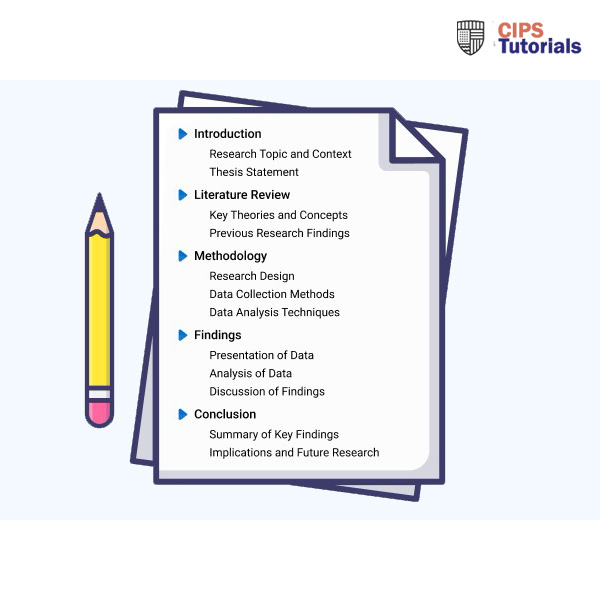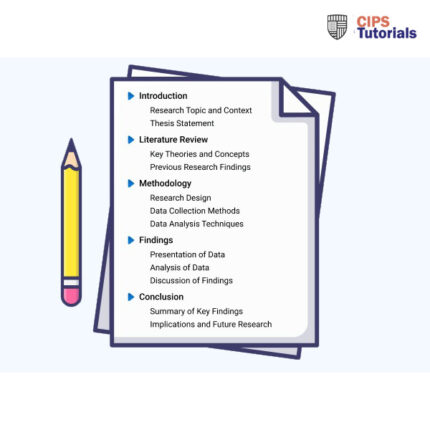(Solution) 5CO01 (AC1.1) Evaluate the advantages and disadvantages of different types of organisation structures, including the reasons underpinning them

New User Gifts
First Order Deal get Ksh 200 Off.
£ 20.00 Original price was: £ 20.00.£ 10.00Current price is: £ 10.00.
Payment Methods:
Description
Solution
(AC1.1) Evaluate the advantages and disadvantages of different types of organisation structures, including the reasons underpinning them
Divisional
This is a type of an organisation structure which main features include organising different divisions/departments independently for developing specific products, offering services or practice area (Miskiewicz, 2017). An example of an organisation using this structure in Saudi Arabia is the Saudi Aramco (my employer organisation).
Advantages
For organisations embracing this structure, they succeeds in operating in large scale. For example, Saudi Aramco with their operations onshore and offshore use this structure in their active operations addressing the demand for oil and gas in Saudi Arabia.
Further, with divisions being autonomous, there is an easier use of resources as there is no need for approval by the head or manager as it happens in other organisation structures (CIPD, 2024). This means it is easier to track misappropriation of funds in these departments.
Disadvantages
The roles duplication is the major drawback of using this structure. The duplication occurs since some of the roles are repeated in the different divisions. Also, operations of the different departments is cost intensive since all have their budget to run their operations (Wong et al., 2020). For example, in Saudi Aramco (My employer), a single accounts division would serve all departments rather than having one in each division.
Appropriateness of use– The divisional structure is best used in organisations which are large in terms of capital and complex in their operations (Miskiewicz, 2017). A large organisation can divide itself into different divisions which ease the process of evaluation, monitoring and tracking different departments performance.
Matrix
This is established through employees having a direct or indirect answerable to two different levels of management. According to Raziq et al. (2020), the first level include functional manager with the second level being made of the product/services manager. The outcome of this is team-based working on assigned roles while aligning themselves to a particular function or department. A case example is using the matrix structure is the existence of finance teams, HR, and research and development.
Advantages
By embracing the matrix organisation structure, it becomes possible to improve collaboration amongst the different specialists. Considering the quality expected of services delivery, different people work in their roles for mutual overall outcomes of the broad organisation. Also, CIPD (2023) identify a matrix organisation structure as associated with prompt decision making and performance since there is not a lot of bureaucracy.
Disadvantages
Through the embrace of matrix structure, confusion and conflicting parties would be a common occurrence. This is amongst the management hence reduced pace of the entire decision making strategy (Raziq et al., 2020). Also, coordinating the operations in a matrix structure is a challenge owing to the inter-linked nature of their operations in this structure.
Appropriateness of use– in the organisation with multiple specialist products or services, matrix organisation structure is the most preferred (Raziq et al. (2020). The rationale of this is informed by the need for tight control of the organisation operations. This structure similarly enhance different teams discussing on various issues impacting on the organisation with relevant improvement put into account.
Please click the following icon to access this assessment in full
Related Papers
(Solution) New 7C003 Task three -the final portfolio
Assessment ID / CIPD_5OS06_23_01 5OS06 Leadership and management development
(Solution) New CIPD Avado Learning 50S02- Advances in Digital Learning and Development
(Solution) Avado Learning 5C003- Professional Behaviours and Valuing People
(Solution) CIPS Advanced level Leadership & Management in Procurement and Supply
- In summary, this report has focused on evaluating the impact of approaches to leadership and management in an organisation.
- To achieve this, a focus on Eco2Solar organisation has been prioritised where it has been established that the organisation current success in a project intended to achieve 2,000 installation in different apartments can be credited to their astute leadership and management.
- This equally evidence the organisation position dominating UK solar sector.
- These findings have been affirmed by PESTLE analysis of external factors, RACI Matrix among other tools which have been used.

